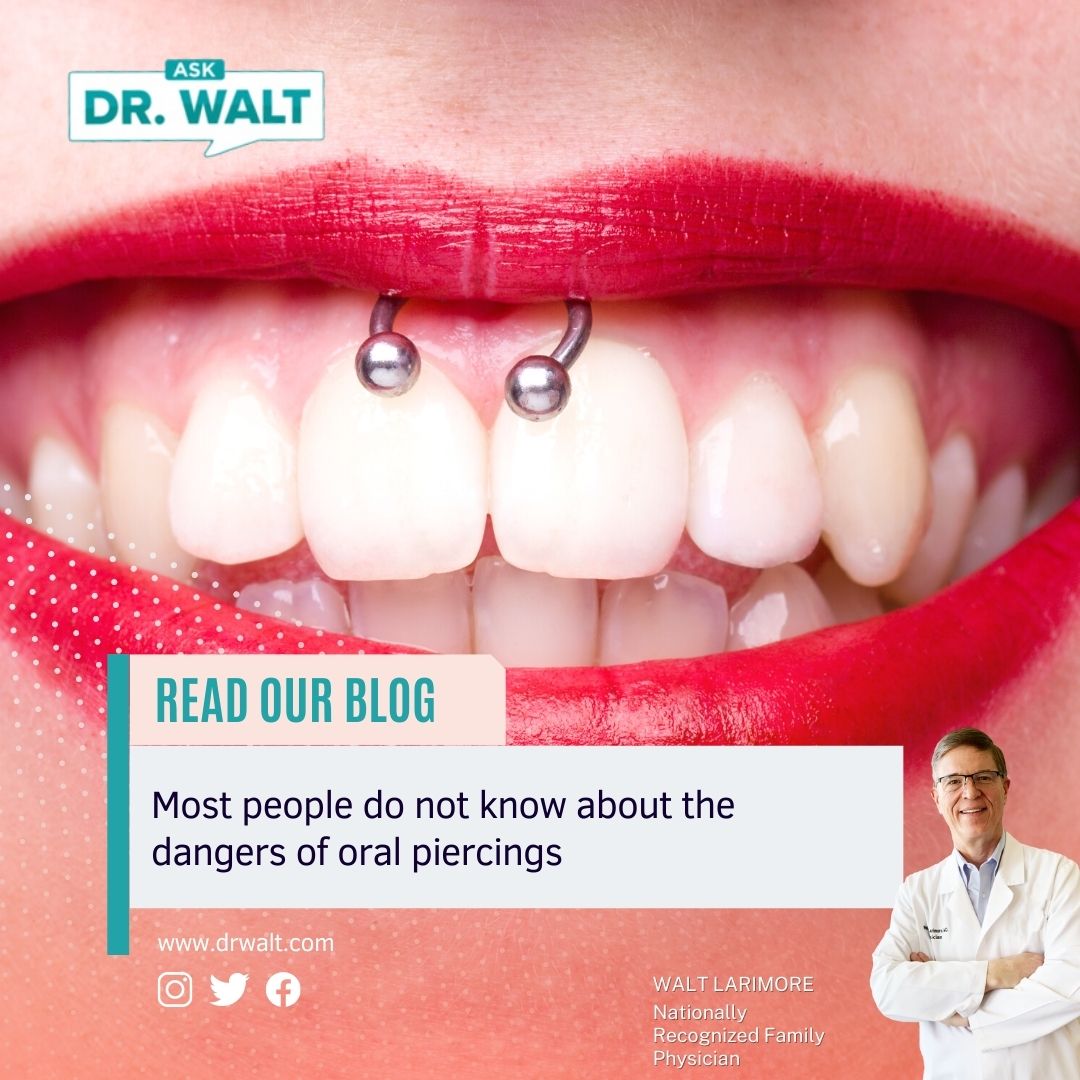
Are you considering a longer fast for spiritual reasons?
June 12, 2022
Most people do not know about the dangers of oral piercings
June 14, 2022HealthDay reported, “While most people probably know it’s not safe to get a sunburn, many may not realize that tanning also increases the risk of skin cancer and premature skin aging.”
The survey included more than 1,000 U.S. adults and was conducted by the American Academy of Dermatology (AAD). Since tanning and sunburns can increase the risk of skin cancer and premature skin aging, the AAD is encouraging the public to practice safe sun so they don’t get burned by the sun’s harmful rays.
According to the survey results, 63% of respondents reported getting a tan in 2021, a 9-percentage point increase from 54% in 2020, and 33% reported getting sunburned in 2021, an 8-percentage point increase from 25% in 2020.
The survey also found that many still believe several tanning myths, which if followed, can cause significant skin damage. Of the survey respondents, 45% believe one or more of these tanning myths:
- 22% believe a base tan will prevent sunburns.
- 20% believe tanning is safe as long as you do not burn.
- 18% believe a base tan decreases the risk of skin cancer.
- 13% believe tanning is healthy.
In addition, 53% of the survey respondents believe people with tanned skin look healthier.
“A tan is your body’s response to injury,” said board-certified dermatologist Elizabeth Bahar Houshmand, MD, FAAD, based in Dallas. “When you tan, you are intentionally putting your health at risk. If you want to look tan, consider using a self-tanning product, but continue to use sunscreen with it.”
Research also shows it only takes one blistering sunburn during childhood or adolescence to nearly double a person’s risk of developing melanoma, the deadliest form of skin cancer, later in life.
Of the survey respondents who reported getting sunburned, 28% reported that their sunburn was severe enough that their clothes were uncomfortable. Among those who were sunburned, the top four places they were burned were their
- face (60%),
- arms (59%),
- shoulders (55%), and
- neck (41%).
Dr. Houshmand says part of the increase in sunburns can be attributed to not knowing sunburn risks. The survey found that 39% of respondents are unaware of one or more of these sunburn risks:
- 24% do not know you can get sunburned on a cloudy day.
- 15% are unaware that you can get burned through a car window.
- 9% did not know that people with dark skin can get a sunburn.
- 7% are unaware that sunburns increase the risk of skin cancer.
“This increase in sunburns is very concerning,” says Dr. Houshmand. “Both tanning and sunburning damage your skin. The more you tan and sunburn, the more this damage builds up over time, increasing your risk of premature skin aging, including age spots, sagging and wrinkling, and skin cancer.”
To protect yourself from the sun and reduce your risk of skin cancer, the American Academy of Dermatology recommends that everyone practice safe sun by:
- Seek shade. The sun’s rays are strongest between 10 a.m. and 2 p.m. If your shadow appears to be shorter than you are, seek shade.
- Wear sun-protective clothing, such as a lightweight long-sleeved shirt, pants, a wide-brimmed hat, and sunglasses with UV protection, when possible. For more effective protection, choose clothing with an ultraviolet protection factor (UPF) number on the label.
- Apply a broad-spectrum, water-resistant sunscreen with an SPF of 30 or higher to all skin not covered by clothing. Broad-spectrum sunscreen provides protection from both UVA and UVB rays.
It is estimated that one in five Americans will develop skin cancer in their lifetime. This year, an estimated 197,700 new cases of melanoma will be diagnosed in the U.S. in 2022.
Dr. Houshmand urges everyone to reduce their risk of skin cancer and premature aging by practicing safe sun.
To learn more about skin cancer prevention and detection, visit PracticeSafeSun.org.
© Copyright WLL, INC. 2022. This blog provides healthcare tips and advice that you can trust about a wide variety of general health information only and is not intended to be a substitute for professional medical advice, diagnosis, or treatment from your regular physician. If you are concerned about your health, take what you learn from this blog and meet with your personal doctor to discuss your concerns.




